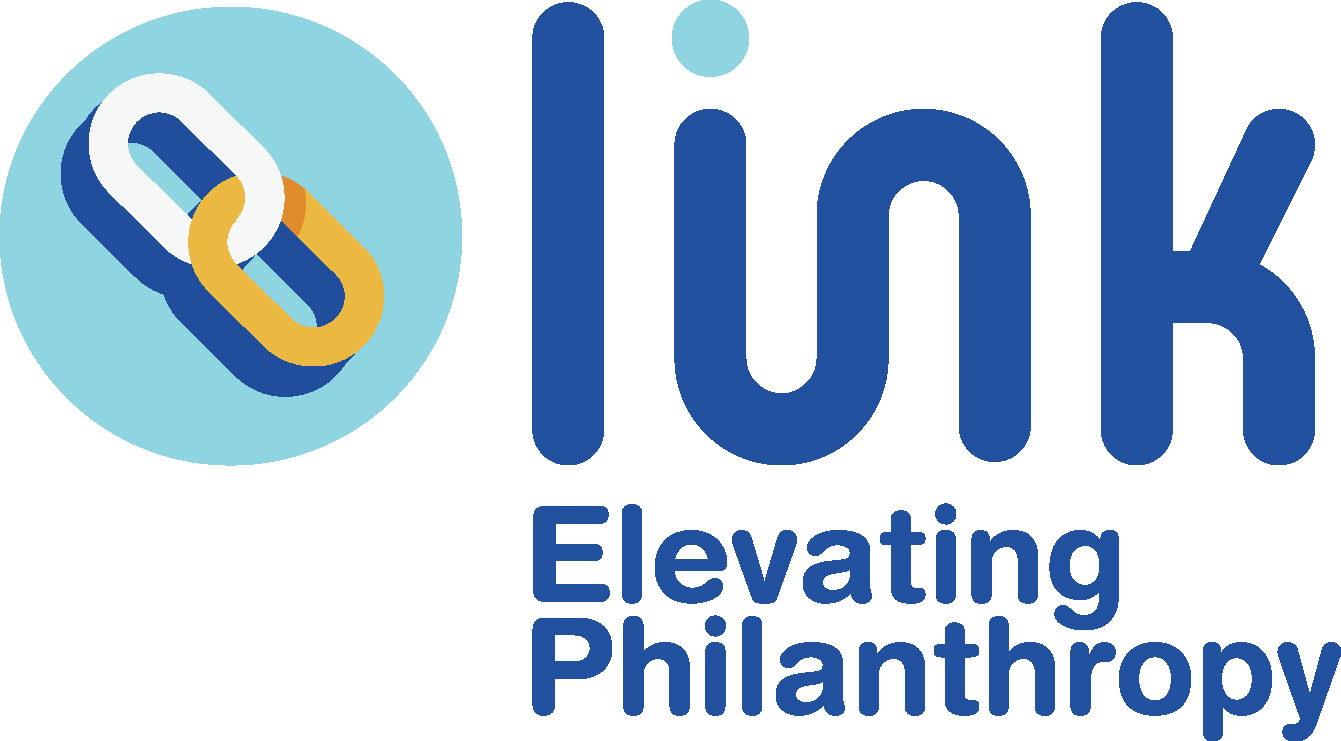4 Reasons Why A Legacy Case Statement Will Help You Raise More Money
In my opinion, most organizations do not put enough thought and effort into crafting a good legacy case statement. It is not a mission statement (so please don’t write on and on about your history) and it is not a campaign brochure (although you can take the content and create a brochure from it). It doesn’t have to be an expensive brochure with 20 pages of glossy photographs. It needs to be a concise statement on why you need legacy gifts. One or two pages will do. And this is what that brief but essential document will do for you:
You will be able to ask for legacy gifts
Why do you need legacy gifts? Why can’t a donor just give an annual gift towards current operations? You will need to be able to answer those questions and be able to tell a donor why you need funds for the future. If you are in a strategic planning mode, or under a current plan, take a look to see what is being projected for the organization’s future – facilities expansion? New programming? There can be several reasons your organization needs to start saving now for future projects. You will have a better conversation with your donors by discussing that rather than saying “to support our future.” Better conversations lead to more gifts.
A good legacy case statement will keep you focused
Now that you know what you need, how much do you really need? Understanding what you need, how much you need and when you need it by (when are you breaking ground on that new building?!) will be important as you plan out your solicitations. Some donors may have preferences in funding. You can take that information and categorize it to make your solicitations more strategic and save you a lot of time. Saving time can lead to more time to have more conversations.
Use your legacy case statement to create marketing materials
When you have settled on your legacy case statement you can extract information from it to make it into a marketing brochure, direct mail letters, a call to action, your legacy message or tagline, etc. [Need help creating planned giving marketing materials? Check out Pentera].
Since you have already put it down on paper it will be easier to use that language in all your materials that you put out and in the conversations you have. Bonus: All of your materials will have the same message that will make it easier for the donor to understand. If your donors understand what you need, it is easier to ask for the gift.
Marketing helps your long term legacy giving plan
Your legacy case statement will keep you consistent
If there are more people in your organization than you (and I am betting there are) having a case statement will keep everyone on the same page. It is best to be consistent with your messaging – just imagine if you were asking for new technology as the main priority and a colleague was asking for funds for innovative programming – unless they are both priorities items on the legacy case statement it will be very confusing to your donors. Having an adopted case statement should help with that. And you can always revisit, and revise, the statement. Remember – it is not a fancy brochure. Consider it a working document that should be on everyone’s cork board, not on a bookcase shelf.
Conclusion
Creating and using an effective legacy case statement will give you more time, allow you to be more strategic and be able to express to your donors through marketing and conversations why your organization needs legacy giving. How are you using your legacy case statement?
Join our closed Facebook group for a peer-to-peer community of nonprofit professionals talking about legacy giving.
https://www.facebook.com/groups/everydaypg/



